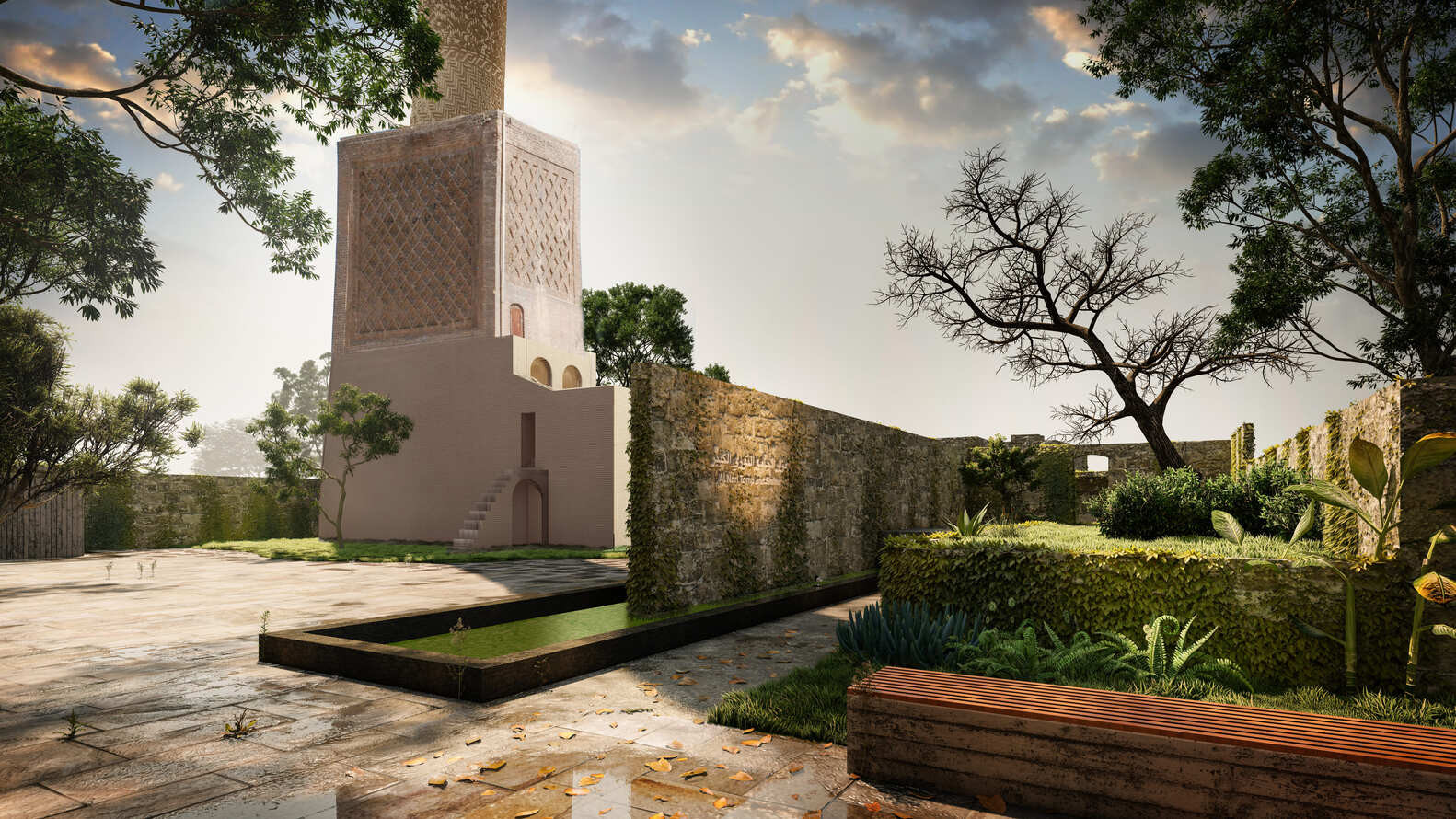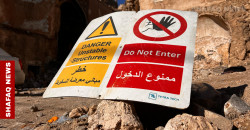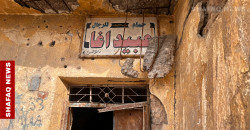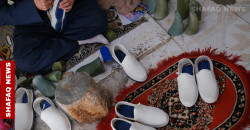Al-Nouri Mosque: a historical and architectural examination

Shafaq News/ Islamic architecture, with its rich history and cultural significance, has long been a cornerstone of Muslim communities across the Middle East. The al-Nouri Mosque in Mosul, Iraq, is a quintessential example of this heritage. Originally constructed in 1170 CE, the mosque has witnessed centuries of transformation, destruction, and now, a hopeful reconstruction.
Historical Background
The al-Nouri Mosque, located in the heart of Mosul’s old city, has been a religious and cultural landmark for centuries. Its original structure, built under the patronage of Nur ad-Din Zangi, included a prayer hall and a school. The minaret, known as "al-Hadba" or "The Hunchback," is a defining feature of the mosque, characterized by its distinctive silhouette and intricate geometric brickwork. This minaret became a symbol of Mosul and Iraq due to its unique design.
Over the centuries, the mosque complex underwent numerous renovations. In the 19th century, notable additions included a hospice, a new school building, and a Ziyarah (shrine) for Nur ad-Din Zangi. With its seven bands of decorative brickwork, the mosque's minaret stood out prominently against the city skyline.
Modern Renovations
The early 20th century saw changes to the al-Nouri Mosque. In 1925, the Sunni Endowment initiated a renovation project that included interior updates and the addition of fences, transforming the courtyard into a garden. Subsequent interventions between the 1940s and 2000 included the modernization of the courtyard and the construction of new ablutions.
The most impactful renovation occurred between 1945 and 1950 when the original prayer hall was demolished and rebuilt. This modernized prayer hall, although different from the original, became a central place of worship for the people of Mosul.
Destruction and Conflict
The al-Nouri Mosque's fate took a tragic turn during the Battle of Mosul in 2017. The mosque, along with its famous minaret, was severely damaged and ultimately destroyed amid the conflict. The devastation extended beyond the mosque to include other cultural and religious monuments in Mosul, leaving the city in ruins and its inhabitants displaced.
Reconstruction Efforts
In 2018, a collaborative effort between the United Arab Emirates, UNESCO, and Iraq marked a milestone in the reconstruction of Mosul's cultural heritage. The al-Nouri Mosque, along with its minaret, is being rebuilt as part of this historic agreement. The reconstruction project aims to restore the mosque, develop public gardens, establish a memorial site, and create a museum.
Current efforts have stabilized the al-Nouri Complex with support from the Governorate of Nineveh, the Ministry of Culture of Iraq, the Sunni Endowment, and the Mayorship of Mosul.





